Below is a detailed article about the Roman construction of roads and bridges in England during the Roman rule of Britain. It is believed that in the four centuries that the Romans ruled over England, they constructed roadways of more than 8000 miles. Let us learn more about these interesting details below.
Roman Roads in Britain
Contents
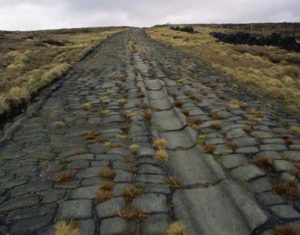
The Romans expertise in the construction of roads. In Latin, it was called viae. The roads were meant to walk, drive vehicles, drive horses or cattle. They were rough with bridle paths, drifts, and tracks. The dimensions of these roads were 2.4m whilst the roads went straight and 4.9m when they were turned.
System of Roman Roads in Britain
The roads were made open for public use but there were guidelines to be followed given by the governor. They were followed closely by the people. Pavements were found on either side of the road. They had specific dimensions common in all areas. They were given by the ancient Roman architect – Vitruvius.
A civil engineer was always present at the site of the construction of roads. Two devices were used to perfect the construction – ‘groma’ and ‘rigor’. The groma was used to get perpendicularity wherever required and the rigor was a line of rods to maintain the straight path.
A surveyor made sure of the adequate use of the machinery provided and the use of construction material.
Layers of materials used for the construction of roads
Earth – ‘Earth’ or the ground was leveled well before starting any construction.
Statumen – small-sized and pebble-like stones.
Audits – pieces of broken limestone and solid rocks
Nucleus – bedding of cement also known as ‘kernel’
Dorsum – elliptical surface of the roads made of polygon-shaped rocks arranged in a tile.
Crepido – a raised footpath on either side of the roads.
Umbones – stones on the edges of the footpath to avoid chipping overtime.
The method of these constructions differed from place to place. The roads were a result of the correct proportion of rubble, gravel, and stones mixed together which made them so strong and long-lasting.
Some Roman Roads – Roman Construction
Watling Street
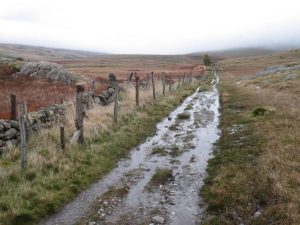
Ermine Street

Dere Street

Stane Street

Fosse Way

Portway
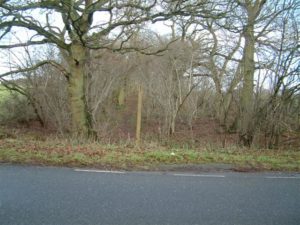
Akeman Street

Roman Bridges in Britain – Roman Construction
Roman Bridges were built in the Roman era in Britain. Four important and highly connecting bridges were built across England in Roman Britain. They used high skilled engineering techniques along with large labour that went into building these bridges. All the civil engineers and architects were brought from Rome to Britain for these immaculate designs.
Pons Aelius
In Latin, Pons Aelius means Aelius’s Bridge. It was built on the banks of River Tyne. It is close to the construction of Hadrian’s Wall and the Roman settlement near the wall. The Bridge connected the fort of Pons Aelius which is now the Newcastle Castle. The Anglo Saxons abandoned the fort in 600 AD. Many excavations have suggested the existence of over 600 graves of Anglo Saxons at this site.
Alters of water-related gods that were worshipped by the Romans have also been excavated from these areas.
Chesters Bridge
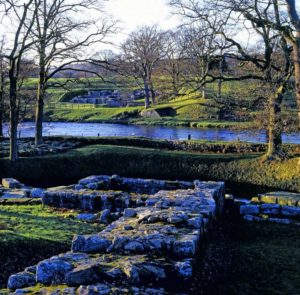
The Chesters Bridge is situated over the north of Tyne River in Northumberland, England. It is exactly adjacent to Hadrians Wall. The remains of this bridge were found in 1860. The fine art of masonry is observed in the making of this bridge by archaeologists. This bridge connected the Roman fort of Chester to a military Roman road.
It was constructed around 122 AD. The system of construction over the bridge was the same as the road. There were pentagonal patterns found on the path. The bridge was abolished once and then reconstructed. The second time was a stronger structure built by the Romans themselves.
London Bridge

The London Bridge is the most strong and sustained structure built by the Romans in Britain. It has been reconstructed ever since but the route of the bridge and its existence have always been there. The main purpose of the bridge in Roman times was to connect the Camulodolum, present-day Colchester in Essex for easier trade and transportation.
The bridge was first damaged in the Boudican revolt of 60 AD and later reconstructed. The bridge was built across River Thames, a prominent river in the city of London.
London Bridge made trade across Britain and other Roman provinces quite easier. It was one of the most prominent structures out of all Roman Construction in Britain.
Piercebridge Roman Bridge
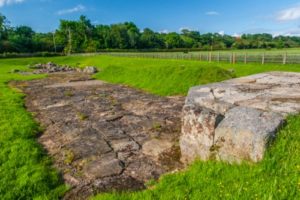
The ruins of Piercebridge Roman Bridge are found at Piercebridge, Durham County in England. The bridge is said to have been 450m long. The mason bricks of the bridge are the only remains that are found today in Durham County. Roman construction is a matter of great awe not only in the field of architecture but also in the field of design.
